Open letter to A. Wallace Hayes, editor of Food & Chemical Toxicology
ENSSER (European Network of Scientists for Social and Environmental Responsibility), 30 Nov 2013
Journal’s retraction of rat feeding paper is a travesty of science and looks like a bow to industry
Elsevier’s journal Food and Chemical Toxicology has retracted the paper by Prof. Gilles-Eric Séralini’s group which found severe toxic effects (including liver congestions and necrosis and kidney nephropathies), increased tumor rates and higher mortality in rats fed Monsanto’s genetically modified NK603 maize and/or the associated herbicide Roundup[1]. The arguments of the journal’s editor for the retraction, however, violate not only the criteria for retraction to which the journal itself subscribes, but any standards of good science. Worse, the names of the reviewers who came to the conclusion that the paper should be retracted, have not been published. Since the retraction is a wish of many people with links to the GM industry, the suspicion arises that it is a bow of science to industry. ENSSER points out, therefore, that this retraction is a severe blow to the credibility and independence of science, indeed a travesty of science.
Inconclusive results claimed as reason for withdrawal
Elsevier, the publisher of Food and Chemical Toxicology, has published a statement[2] saying that the journal’s editor-in-chief, Dr. A. Wallace Hayes, “found no evidence of fraud or intentional misrepresentation of the data”. The statement mentions only a single reason for the retraction, namely that “the results presented (while not incorrect) are inconclusive”. According to Hayes, the low number of rats and the tumour susceptibility of the rat strain used do not allow definitive conclusions. Now there are guidelines for retractions in scientific publishing, set out by the Committee on Publication Ethics (COPE)[3]. Inconclusiveness of research results is not one of the grounds for retraction contained in these guidelines. The journal Food and Chemical Toxicology is a member of COPE[4]. ‘Conclusive’ results are rare in science, and certainly not to be decided by one editor and a secret team of persons using undisclosed criteria and methods. Independent science would cease to exist if this were to be an accepted mode of procedure.
Séralini paper a chronic toxicity study, not a full-scale carcinogenicity study
Most notably, Séralini and his co-authors did not draw any definitive conclusions in the paper in the first place; they simply reported their observations and phrased their conclusions carefully, cognizant of their uncertainties. This is because the paper is a chronic toxicity study and not a full-scale carcinogenicity study, which would require a higher number of rats. The authors did not intend to look specifically for tumours, but still found increased tumour rates.
Secondly, both of Hayes’s arguments (the number of rats and their tumour susceptibility) were considered by the peer reviewers of the journal, who decided they formed no objection to publication. Thirdly, these two arguments have been discussed at length in the journal following the publication of the paper and have been refuted by the authors of the paper and other experts. Higher numbers of animals are only required in this type of safety studies to avoid missing toxic effects (a ‘false negative’ result), but the study found pronounced toxic effects and a first indication of possible carcinogenic effects.
The Sprague-Dawley strain of rat which was used, is the commonly used standard for this type of research. For these reasons, the statistical significance of the biochemical data was endorsed by statistics experts. The biochemical data confirm the toxic effects such as those on liver and kidney, which are serious enough by themselves. The tumours and mortality rates are observations which need to be confirmed by a specific carcinogenicity study with higher numbers of rats; in view of public food safety, it is not wise to simply ignore them. Unpleasant results should be checked, not ignored. And the toxic effects other than tumours and mortality are well-founded.
Who did the reevaluation?
Even more worrying than the lack of good grounds for the retraction is the fact that the journal’s editor-in-chief has not revealed who the reviewers were who helped him to come to the conclusion that the paper should be retracted; nor has he revealed the criteria and methodology of their reevaluation, which overruled the earlier conclusion of the original peer-review which supported publication. In a case like this, where many of those who denounced the study have long-standing, well-documented links to the GM industry and, therefore, a clear interest in having the results of the study discredited, such lack of transparency about how this potential decision was reached is inexcusable, unscientific and unacceptable. It raises the suspicion that the retraction is a favour to the interested industry, notably Monsanto.
ENSSER promotes independent critical discourse
It is part of ENSSER’s mission to promote the critical discourse, particularly in Europe, on new technologies and their impacts. As scientific and technological advances are increasingly driven by private interest, disinterested independent health and environmental safety information often lags behind. Uncertainty is inherent to science, as is the debate between conflicting explanations of findings. Openness of this debate and independent research to find the truth are crucial prerequisites for the survival of independent science. This holds true in particular for the technology of genetically modified crops, where the safety studies done by the producers for authorisation of the crops are all too often not published at all because of business confidentiality of the data and may not hold up to an independent peer-review. These studies, not only the independent ones like Séralini’s, should be subject to debate. The public have a right to be informed of anything related to the safety of their food.
In short, the decision to retract Séralini’s paper is a flagrant abuse of science and a blow to its credibility and independence. It is damaging for the reputation of both the journal Food and Chemical Toxicology and its publisher Elsevier. It will decrease public trust in science. And it will not succeed in eliminating critical independent science from public view and scrutiny. Such days and times are definitively over. Prof. Séralini’s findings stand today more than before, as even this secret review found that there is nothing wrong with either technicalities, conduct or transparency of the data – the foundations on which independent science rests. The conclusiveness of their data will be decided by future independent science, not by a secret circle of people.
Contact: office@ensser.org
http://www.ensser.org/
[1] Séralini, G.-E., Clair, E., Mesnage, R., Gress, S., Defarge, N., Malatesta, M., Hennequin, D., de Vendômois, J.S.: Long term toxicity of a Roundup herbicide and a Roundup-tolerant genetically modified maize, Food and Chemical Toxicology 50 (11), pp. 4221-4231 (2012)
[2] http://www.elsevier.com/about/
[3] http://publicationethics.org/
[4] http://publicationethics.org/









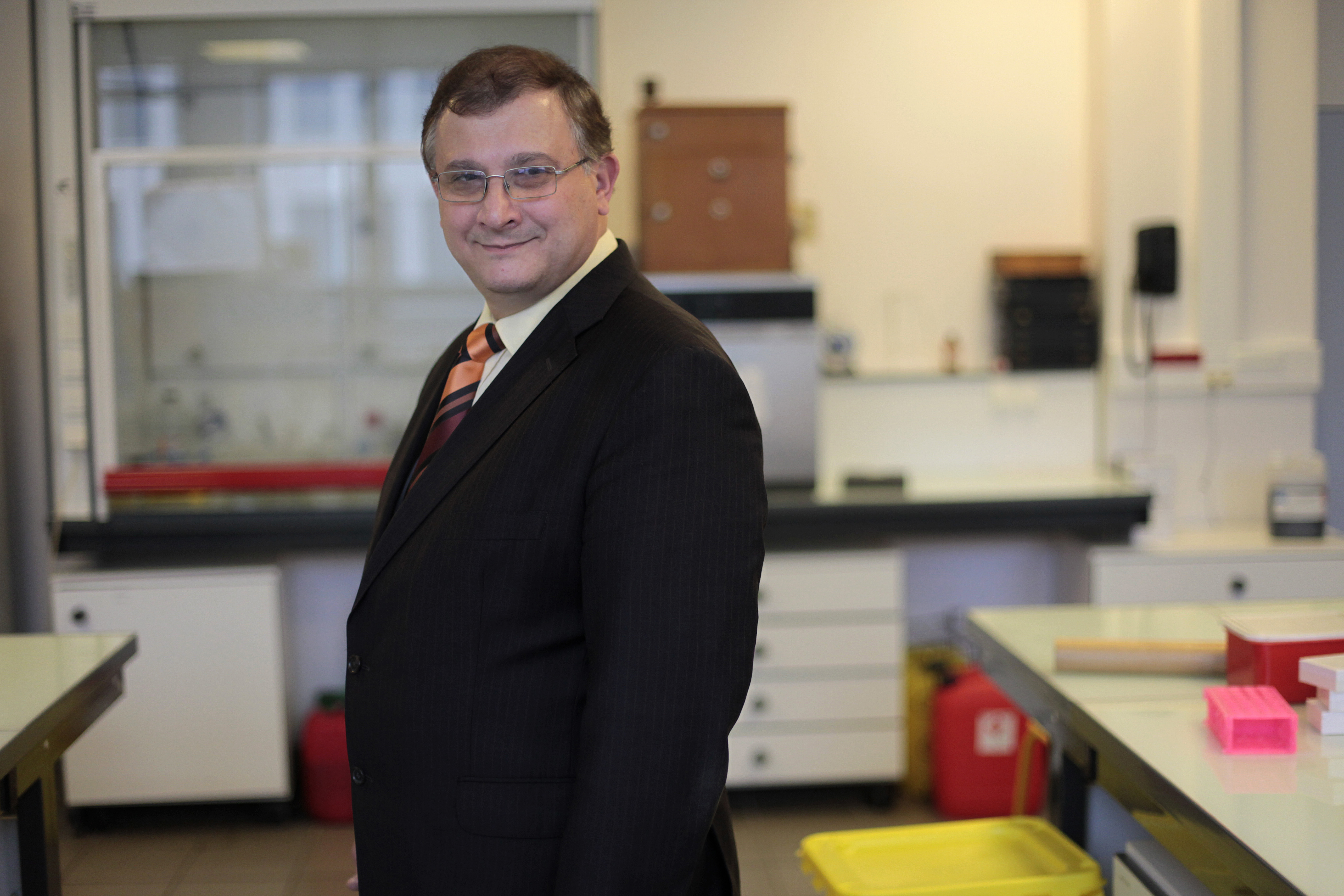
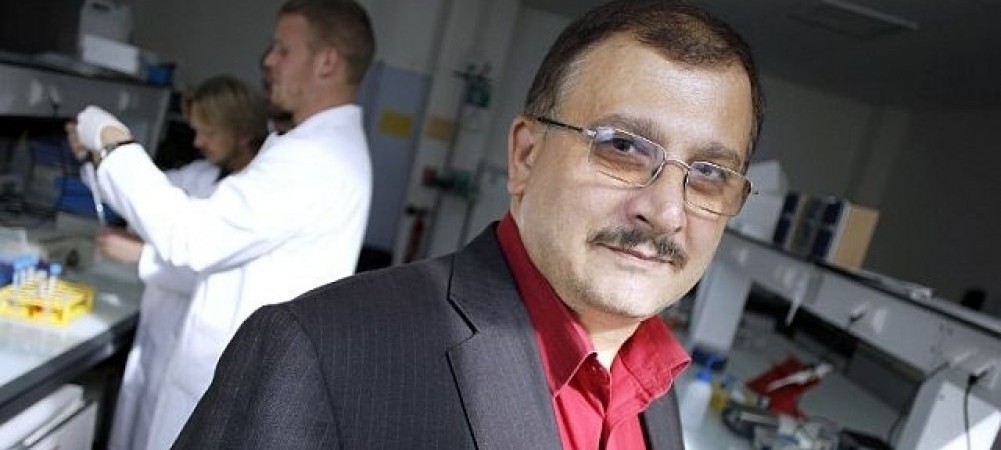

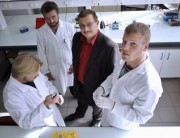
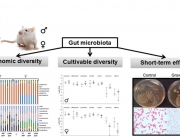

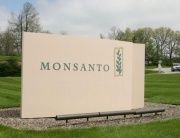

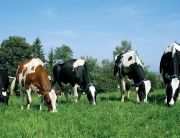


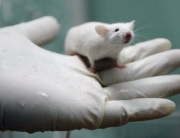



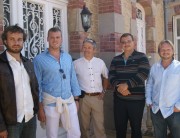
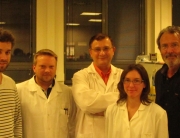
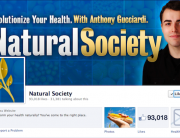

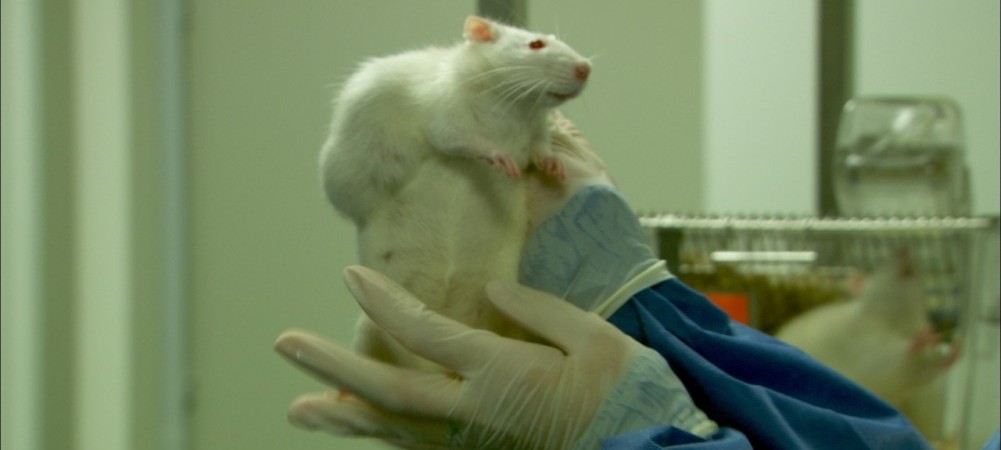

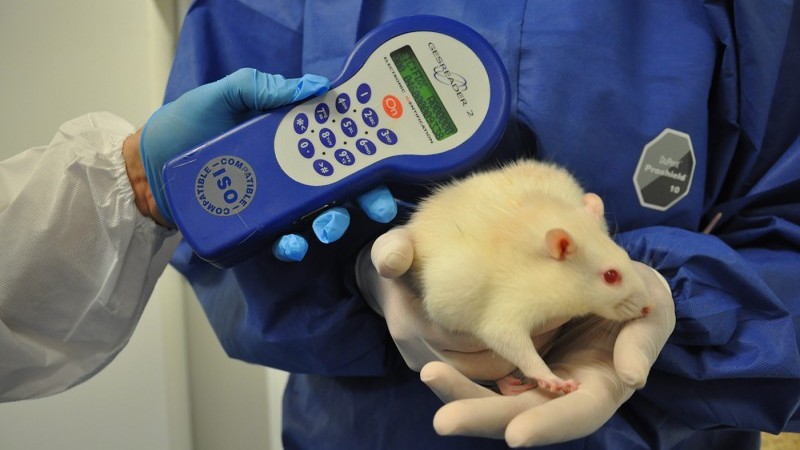
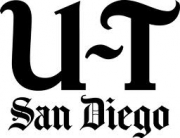
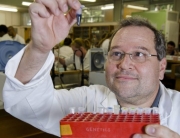
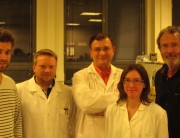

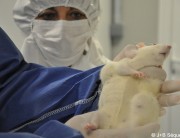
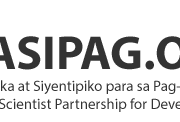
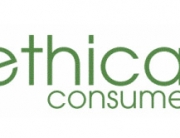
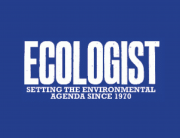
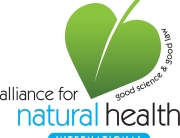


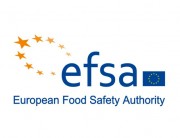
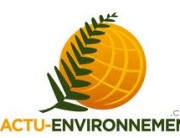
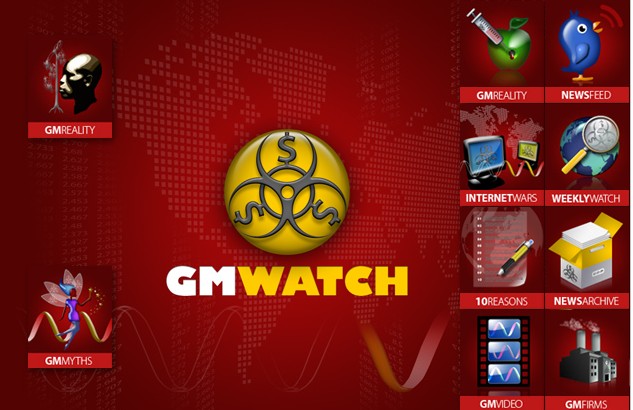
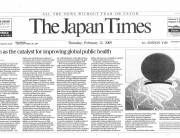

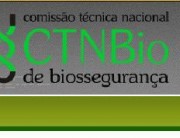


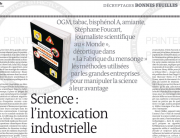


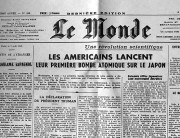
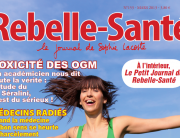

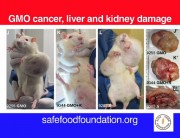
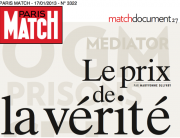
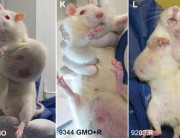
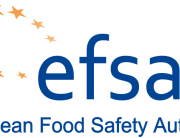

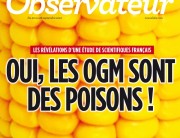

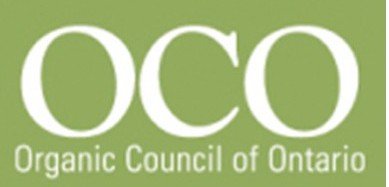
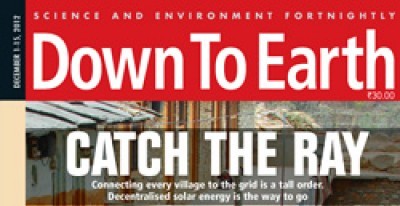












Monsanto, et al are only able to get away with this kind of abhorrent behaviour because the media refuse to cover it, no matter how criminal or dangerous they get. We are now starting to see many of the underhanded methods used by these corrupt biotech industries, and the more people learn about it, the more they will distrust the mainstream media (goodbye dinosaurs!) and the more angry they will be at the corrupt politicians who have been complicit in this tragedy against the human race. Personally, I would like to see all of them hanging from the branches of a genetically modified tree.
There has been other research over the years which supports this study. Anyone who has been diligent in their research knows that Serralini, et, al is correct. And yes, the fact that there is mention of this retraction just supports the fact that many scientific publications can be bought off and are.
Note to Scientists with integrity: “When you are going thru HELL, keep going!”….Winston Churchill
What does Serralini himself have to say about this?
As far as I’m concerned the cat’s out of the bag and, I for one, will not forget this study.
Transparency equals Legitimacy. Food & Chemical Toxicology have NONE.
Another interesting paper yet to get any media coverage and perhaps more damaging to the GMO industry is the paper on the effects of glyphosate (Roundup) on the bacteria in the human gut.
Anthony Samsel and Stephanie Seneff, “Glyphosate’s Suppression of Cytochrome P450 Enzymes and Amino Acid Biosynthesis by the Gut Microbiome: Pathways to Modern Diseases” Entropy 2013, 15(4), 1416-1463; doi:10.3390/e15041416
http://people.csail.mit.edu/seneff/Entropy/entropy-15-01416.pdf
I guess when they can’t discredit something they just ignore it and hope it goes away.
Read the Seneff paper by all means. Then read
this: http://scienceblogs.com/insolence/2012/11/20/dumpster-diving-in-the-vaers-database-again/
and: http://www.huffingtonpost.com/tamar-haspel/condemning-monsanto-with-_b_3162694.html
and: http://www.tanoro.com/blog/05252013-stephanie-seneff-roundup-leaky-guts
to truly understand how bad it is.
There was another study several years ago by Prof Arpad Pusztai, which also showed health problems with GMO crops. For a day, he was hailed as a hero, then the following day a phone call from the (then) Blair Prime Minister office to Pusztai’s university saw him lose his job, and his research discreditied.
How many more honest and diligent scientists are we going to lose to this politically controlled, corrupt, criminal system?